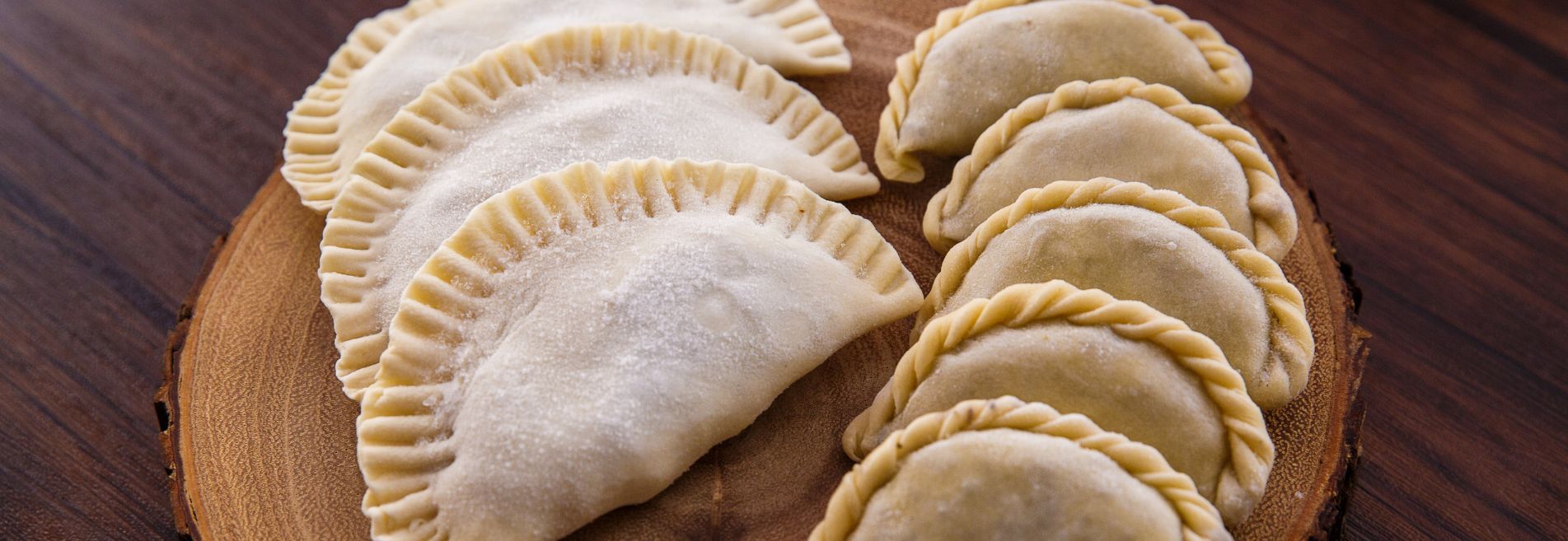

Freezing food is one of the best ways to keep it safe for a long time. The process involves lowering the temperature of products below the freezing point of water and keeping it constant. The method is widely used in catering, preventing food waste and improving kitchen logistics. Various types of pastry, both raw and heat-treated, are particularly well suited to freezing. All you need to do is follow a few simple rules below!

1. Not every pastry likes freezing
Before you set about freezing a cake, make sure that this method of preservation will not harm it. Some cakes do not tolerate this procedure very well. This applies in particular to meringue cakes, cakes with jelly or whipped cream. After thawing, they will become watery and untasty. An exception to this is ice cream and meringue cakes, which need to be stored at min. -18°C.
And which tape of pastry can be frozen without any problem??
Before baking: shortcrust, semi-crust, puff pastry, yeast dough, dumpling and pasta dough.
After baking: yeast cakes, pies, sponge cakes, baked cheesecakes, macarons, cakes with cream, as well as rolls, sourdough breads. The baked cakes are frosted without icing, icing sugar, fruit sprinkles or any additives. The cakes are decorated after defrosting.

2. Freeze only the fresh dough and pastry!
Only fresh dough and pastry is suitable for freezing. It is not a good idea to freeze it after a few days, even if it has been stored in the fridge. This rule applies to both baked/cooked dough and raw dough. In the first two cases, freeze the products as soon as they have cooled down, and in the last case immediately after kneading.

3. Prepare smaller portions.
If you have a lot of dough or pastry to freeze and are not sure that you will eat/use it all after defrosting, it is better to divide it into smaller portions to defrost in batches before putting it in the freezer. This will avoid you having to throw away the surplus, as you won't be able to freeze it again.

4. Package the pastry well.
When the pastry goes into the freezer, it should be packaged properly. For this purpose, food wrap, string bags or plastic containers are best. Airtight packaging will prevent it from absorbing other odours. If you intend to freeze a very soft cake or one filled with a delicate mass, it is best if you initially freeze it without any packaging, and only when it has hardened slightly do you quickly transfer it to a container or wrap it in plastic wrap. Remember to sign each batch of dough! Describe what is in the package and note the packing date.
5. Keep an eye on storage dates.
Frozen pastry can be stored usually up to 3 months.

6. Defrost wisely!
Pastries are best defrosted in the fridge. This will certainly lengthen the process, but it will ensure that the pastries do not lose their flavour and proper texture. Delicate cakes, especially ready-made, custard-filled cakes, as well as cheesecakes or apple pie, require slow defrosting.
Remember that freezing food requires a reliable device that will keep the temperature consistently low enough. In catering establishments, it is worth betting on the energy-efficient FAT freezer cabinet. It is located in climate class 4, and will easily keep proper working parameters at ambient temperatures of up to 30°C and ensure high quality freezing in the temperature range from -18 to 22°C. For more information, see the article Upright freezer FAT – frosty time has come!

If you would like to find out more about our offer, please contact us by phone on 81 742 53 10 or mail to: rapa@rapa.lublin.pl. We would be happy to answer any questions!